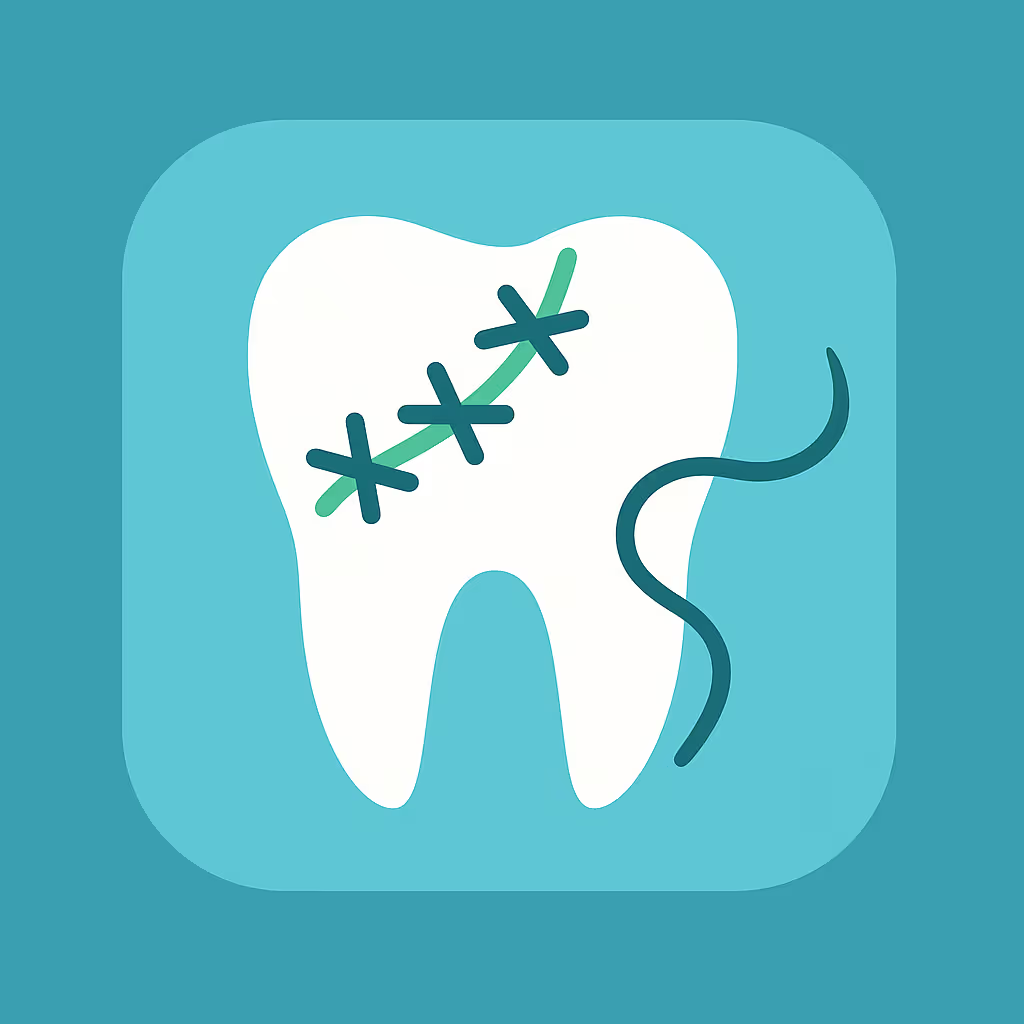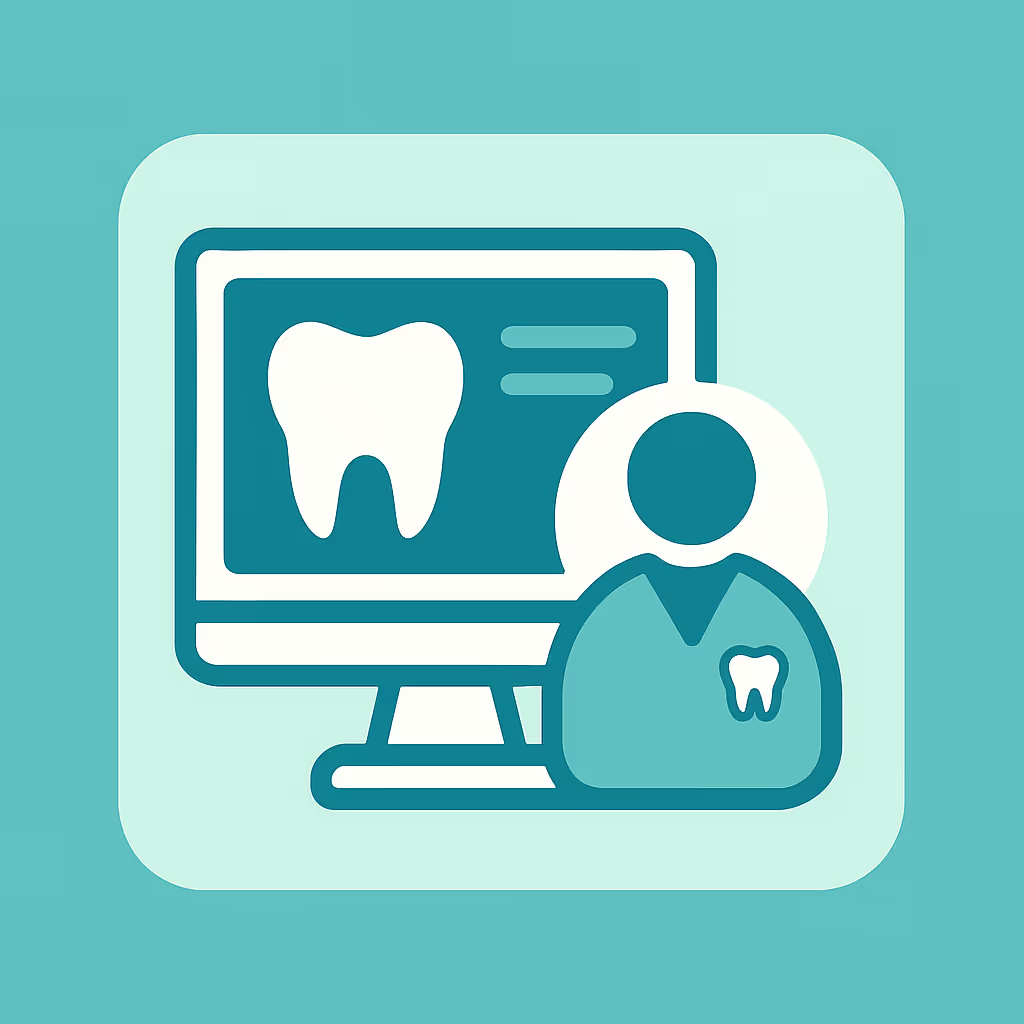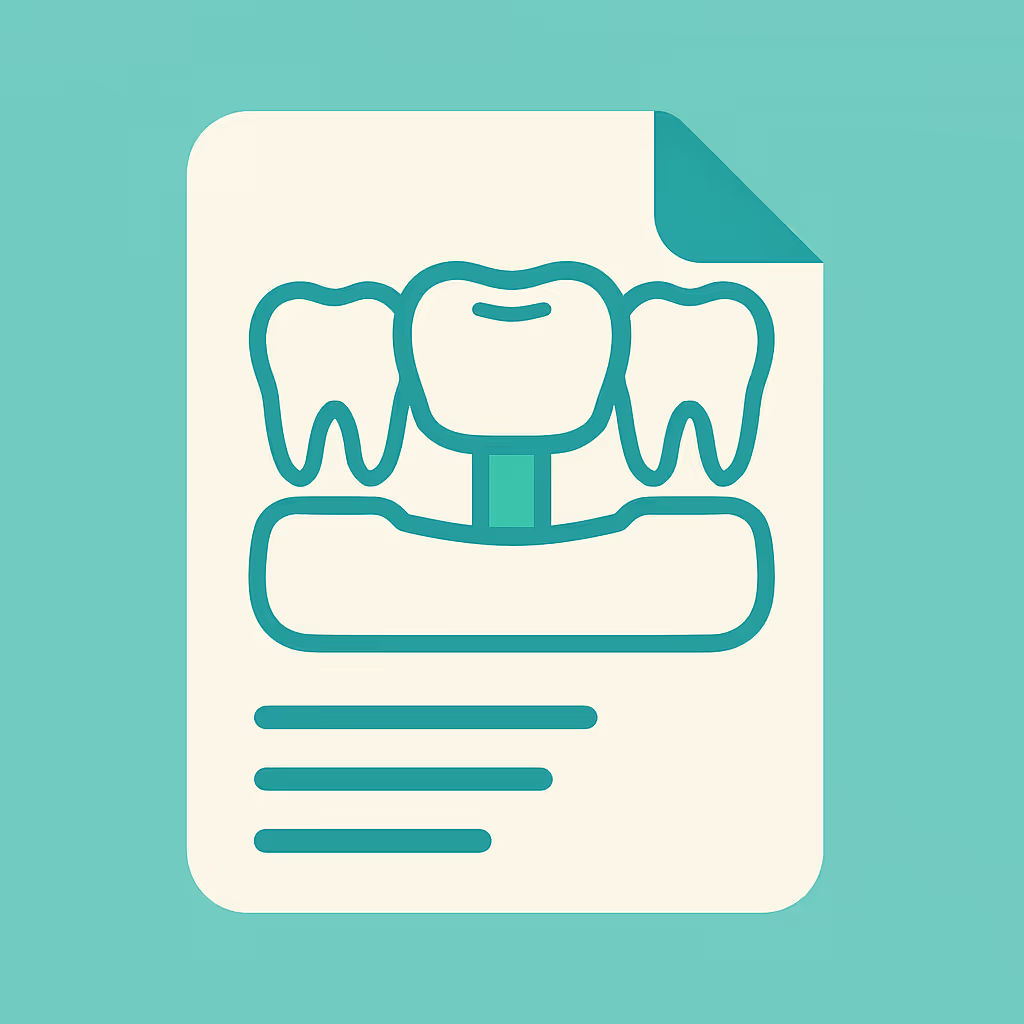Understanding Dental Code D9440
When to Use D9440 dental code
The D9440 dental code is designated for an office visit that is not associated with any other dental procedure. This code is typically used when a patient comes into the dental office for a consultation, follow-up, or evaluation that does not result in any clinical treatment or procedure being performed. For example, D9440 may apply to post-operative checks, case discussions, or when a patient seeks a second opinion. It is important to note that D9440 should not be used if another CDT code, such as a periodic oral evaluation (D0120), is more appropriate for the visit.
Documentation and Clinical Scenarios
Accurate documentation is essential when billing D9440. The clinical notes should clearly indicate the reason for the visit, the topics discussed, and any recommendations made. For instance, if a patient returns for a post-surgical check but no additional treatment is rendered, document the patient’s status, healing progress, and any instructions provided. In scenarios where a patient seeks advice or clarification about a treatment plan, record the details of the discussion and any new findings. Proper documentation supports the claim and helps prevent denials during insurance review.
Insurance Billing Tips
Billing D9440 can be challenging, as many dental benefit plans do not routinely reimburse for office visits that are not linked to a specific procedure. Before submitting a claim, verify the patient’s insurance policy to determine if D9440 is a covered benefit. Include comprehensive clinical notes and, if necessary, a narrative explaining the medical necessity of the visit. If the claim is denied, review the Explanation of Benefits (EOB) for the denial reason and consider submitting a claim appeal with additional documentation. Successful dental offices often establish a workflow for verifying coverage, tracking Accounts Receivable (AR), and following up on unpaid claims to maximize reimbursement for D9440.
Example Case for D9440
Consider a patient who recently completed a complex restorative case. Two weeks later, the patient returns to discuss lingering sensitivity but does not require further treatment. The dentist performs an evaluation, reassures the patient, and provides home care instructions. In this scenario, D9440 is the appropriate code, as no new procedures are performed. The clinical note should detail the patient’s symptoms, findings, and advice given. When billing, attach the documentation and check the patient’s plan for D9440 coverage. If denied, use the documentation to support a claim appeal.





